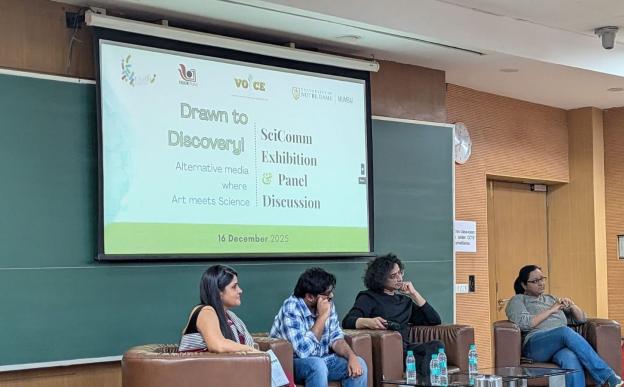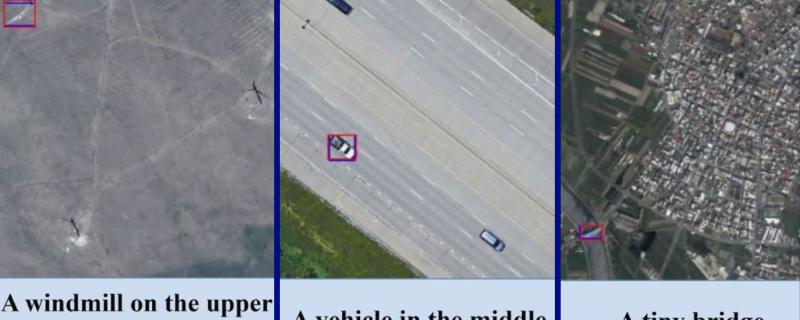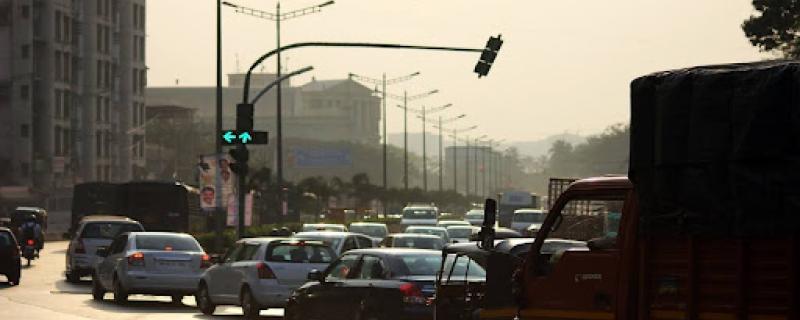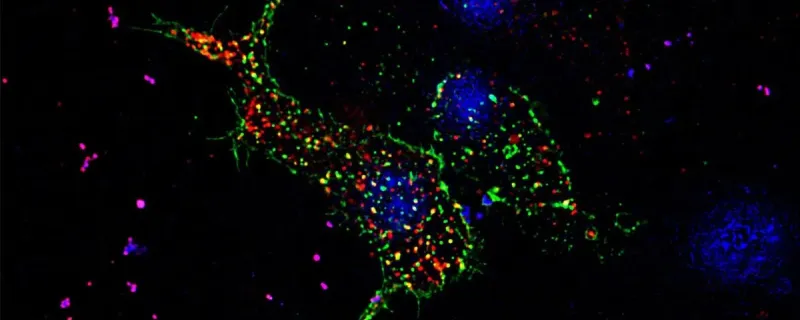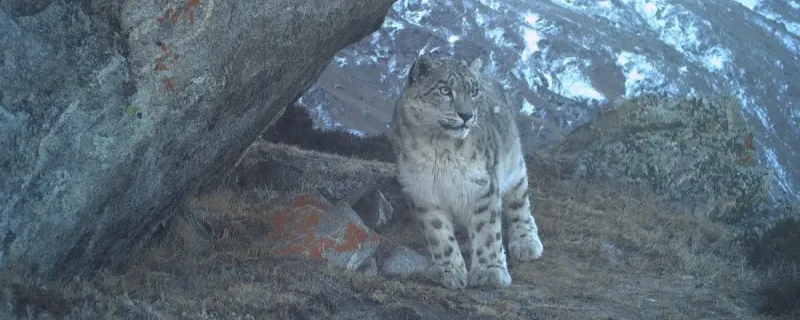A novel AI tool, DrugProtAI, promises to transform drug development by accurately identifying proteins that can be targeted by medicines, addressing a major hurdle in clinical research.
The Indian Institute of Science Education and Research (IISER) Pune on Tuesday launched the VOICE Fellowship 2025
Pune/
